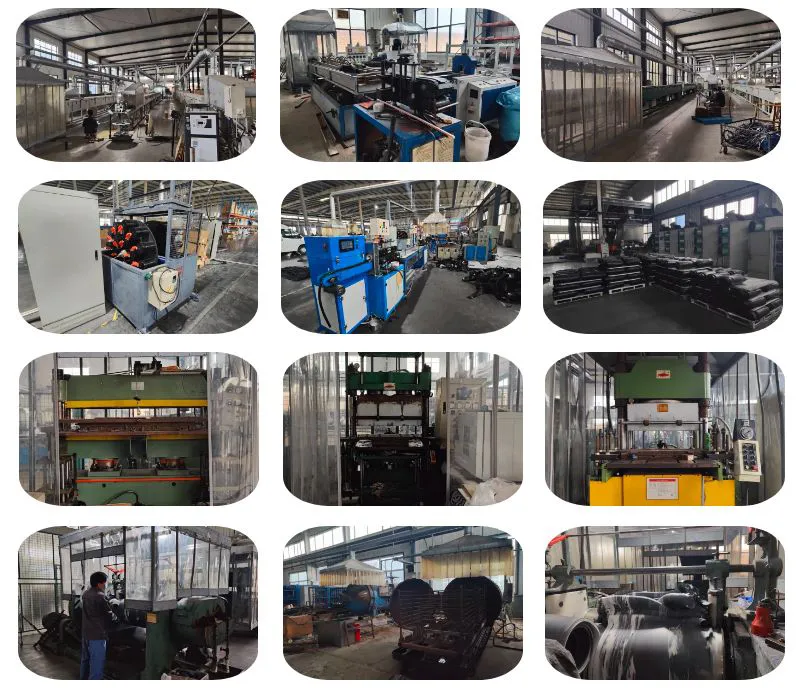garage door weatherstripping types
Types of Garage Door Weatherstripping
Garage door weatherstripping is a crucial component for maintaining the energy efficiency and comfort of your home. It helps seal gaps around the garage door, preventing drafts, moisture intrusion, and pest entry. Understanding the various types of weatherstripping available can help homeowners choose the right solution for their needs. Here's an overview of the most common types of garage door weatherstripping.
1. Bottom Seal
The bottom seal is installed at the base of the garage door. It's made from materials like rubber or vinyl and is crucial for preventing water, dirt, and debris from entering the garage. Some bottom seals come with a 'T' shape that fits into the groove of the door, providing a tight seal when the door closes. They are especially important in areas prone to heavy rainfall, as they protect against flooding and moisture buildup.
2. Side Weatherstripping
Side weatherstripping is placed along the vertical edges of the garage door. It typically consists of a flat or bulb-shaped material that compresses when the door is closed, creating a barrier against air leaks and pests. This type of weatherstripping can be made from rubber, vinyl, or foam materials. Good side weatherstripping helps maintain a consistent temperature in the garage and is vital for keeping out unwanted insects and rodents.
3. Top Seal
The top seal is applied at the top of the garage door, where it meets the frame of the garage. This type of weatherstripping often resembles the side weatherstripping and is essential for blocking drafts and preventing rain or snow from seeping in through the top of the door. Like the bottom seal, the top seal is usually made from durable materials such as rubber or vinyl to withstand the elements.
garage door weatherstripping types

4. Threshold Seal
A threshold seal is mounted on the garage floor, right beneath the garage door. This type of weatherstripping forms a barrier that improves the seal created by the bottom seal. It's particularly useful for garages that experience frequent rain accumulation or flooding. Threshold seals can be made from rubber or vinyl and come in various heights to accommodate differences in door clearance.
5. Magnetic Weatherstripping
Magnetic weatherstripping is an innovative option for garage doors, particularly for those that are frequently opened and closed. This type uses magnets to create a tight seal when the door is closed, effectively blocking air and debris. Magnetic strips can be an excellent choice for metal garage doors, as the magnets adhere securely, providing a reliable barrier against the elements.
6. Foam Tape Weatherstripping
Foam tape is a versatile and easy-to-install option suitable for various gaps around the garage door. It's typically self-adhesive, making it simple to apply along edges where other types of weatherstripping might be challenging to fit. Foam tape can be cut to length and is excellent for irregular gaps as it compresses easily. However, it may not be as durable as rubber or vinyl options and may need to be replaced more frequently.
Conclusion
Choosing the right type of garage door weatherstripping is essential for maintaining an energy-efficient and comfortable home. By sealing gaps effectively, you can protect your garage from the elements, enhance its usability, and save on energy costs. Considering factors such as the climate, the size of the gaps, and how often the garage door is used will help you decide which weatherstripping type suits your needs best. Regular inspection and maintenance of your weatherstripping will ensure it continues to perform effectively, keeping your garage safe and secure.
-
Under Door Draught Stopper: Essential ProtectionNewsJul.31,2025
-
Garage Door Seal and Weatherstrips for ProtectionNewsJul.31,2025
-
Edge Banding Tape for Perfect EdgesNewsJul.31,2025
-
Table Corner Guards and Wall Corner ProtectorsNewsJul.31,2025
-
Stair Nose Edging Trim and Tile Stair SolutionsNewsJul.31,2025
-
Truck Bed Rubber Mats for Pickup BedsNewsJul.31,2025
-
Window Weather Stripping for Noise ReductionNewsJul.29,2025